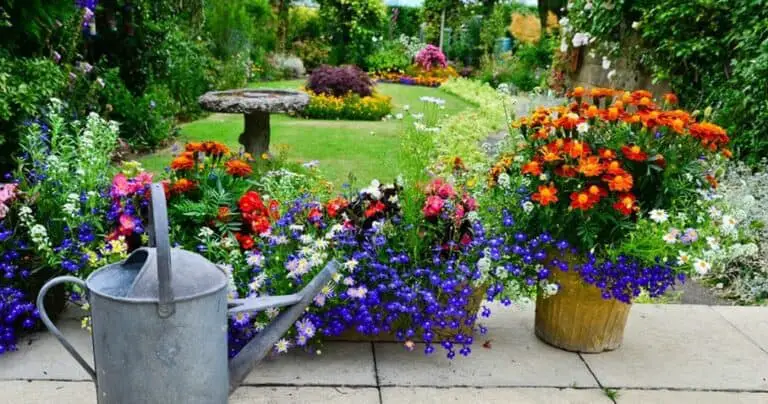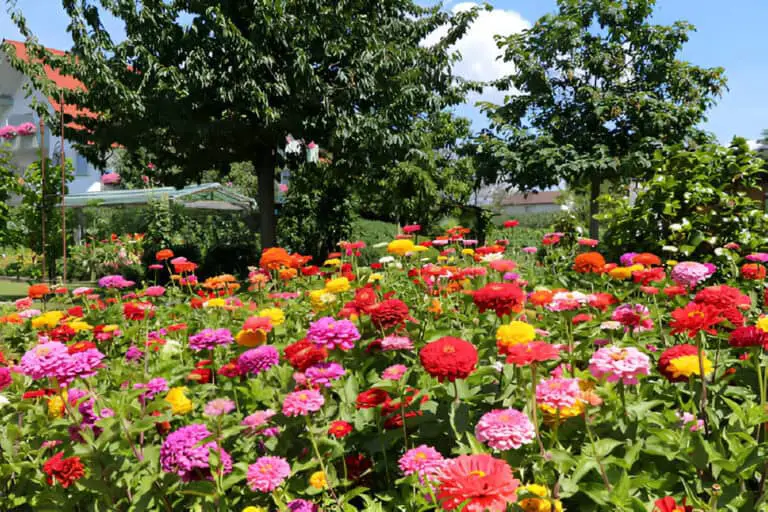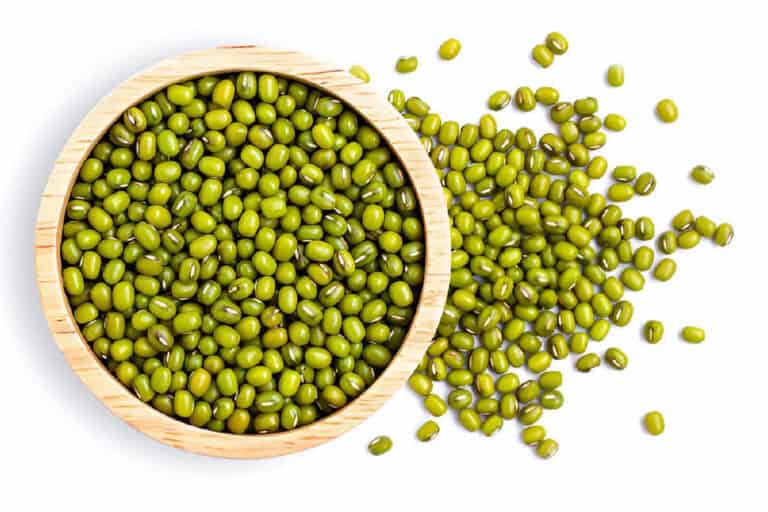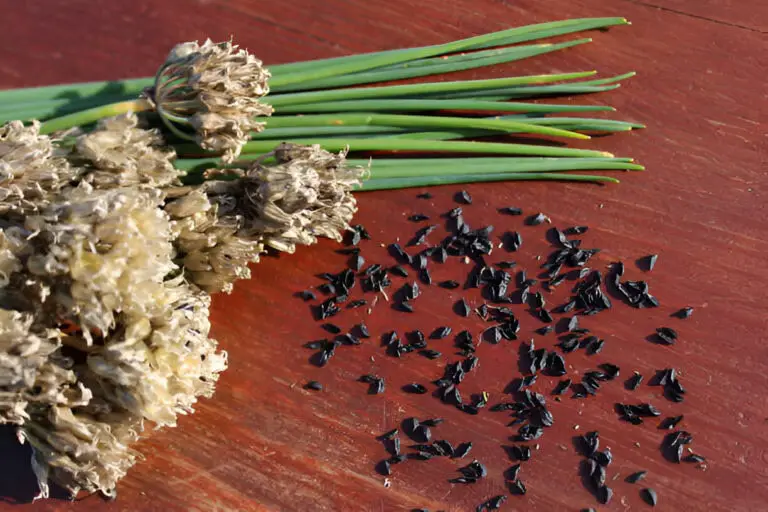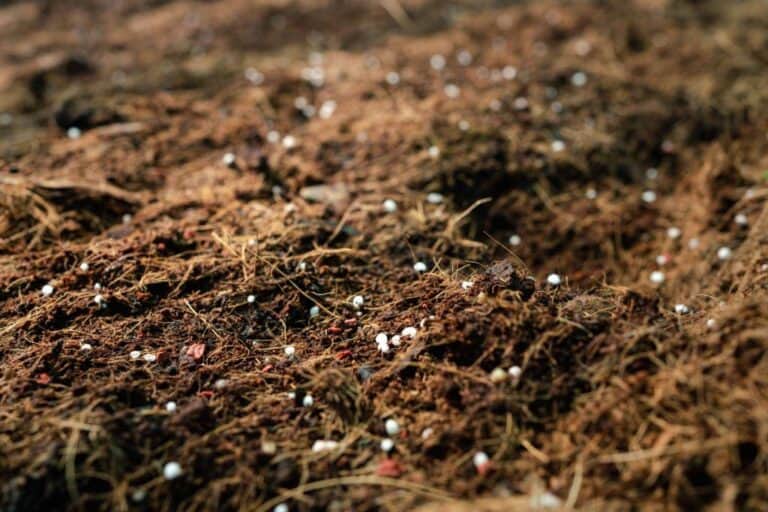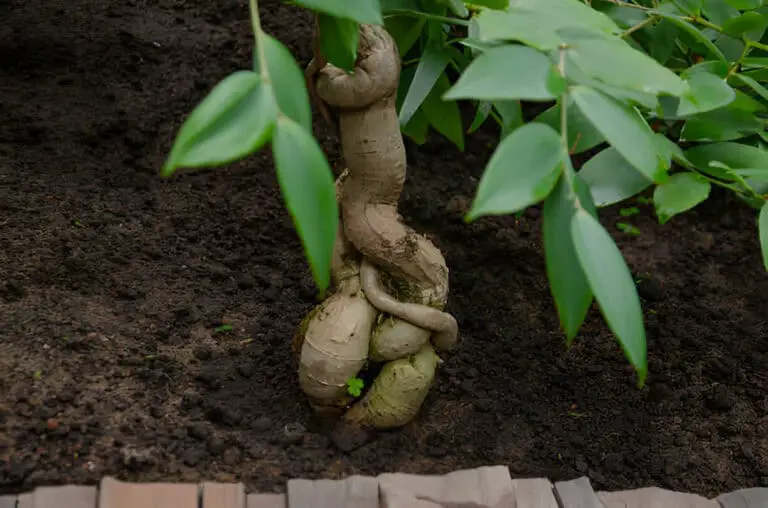Here’s When and How to Prune Kale Plant (Easy Guide)
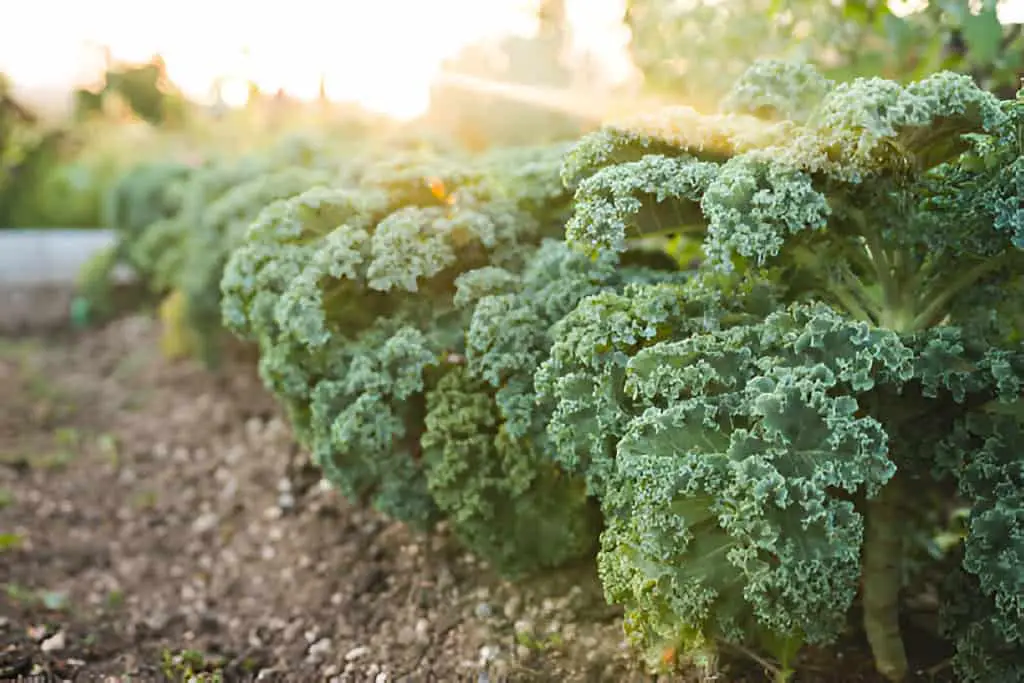
Are you looking to maximize your kale harvest this season? Kale, known for its nutrient-dense leaves and versatility in the kitchen, is a staple in many gardens. Trimming your kale plants encourages healthier growth. It also boosts productivity.
You might be a seasoned gardener or just starting out. Knowing when and how to trim kale can greatly improve your harvest.
This guide will give you the steps and tips to prune your kale plant well. This will ensure a big harvest all season. Join us as we delve into the art of trimming kale, exploring the best techniques and timing to ensure your kale plants thrive.
Understanding Kale Plant
Kale (Brassica oleracea) is a member of the cabbage family and is known for its curly or flat leaves. This cool-season crop can be grown in spring and fall, thriving in cooler temperatures. This hardy green thrives in various climates and is relatively easy to grow.
Kale is not only delicious but also packed with vitamins A, C, and K, as well as minerals like calcium and iron. It can be eaten raw in salads, sautéed, or added to soups and smoothies.
Types of Kale
There are several varieties of kale, each with its own unique characteristics:
- Curly Kale: The most common type, with ruffled leaves and a robust flavor.
- Lacinato Kale (Dinosaur Kale): Dark green, bumpy leaves with a slightly sweeter taste.
- Red Russian Kale: Flat, fringed leaves with a purple hue and tender texture.
Table: Common Kale Varieties
| Variety | Characteristics |
| Curly Kale | Ruffled leaves, robust flavor |
| Lacinato Kale | Dark green, bumpy leaves, sweeter |
| Red Russian Kale | Flat, fringed leaves, purple hue |
Benefits of Pruning Kale

Pruning kale offers numerous benefits, including:
- Encourages New Growth: Removing older leaves promotes the growth of fresh, tender leaves.
- Prevents Disease: Pruning helps maintain airflow and reduces the risk of fungal infections.
- Improves Yield: Regular pruning can lead to a more abundant harvest.
- Aesthetic Appeal: Keeps the plant looking tidy and attractive.
When to Prune Kale
Timing is crucial when it comes to pruning kale. Ideally, you should start pruning when the plant is about 8-10 inches tall and has at least four sets of true leaves. This typically occurs a few weeks after planting. You should prune regularly during the growing season. This is to keep plants healthy and productive.
Seasonal Pruning Guide
| Season | Pruning Activity |
| Spring | Begin pruning as soon as the plant is mature |
| Summer | Regularly prune to encourage continuous growth |
| Fall | Prune to extend the harvest period |
| Winter | Minimal pruning, if any, depending on climate |
Tools and Preparation
Having the right tools makes pruning more effective and reduces the risk of damaging the plant.
Essential Tools
- Pruning Shears: For cutting larger leaves and stems.
- Garden Scissors: For precise cuts on smaller leaves.
- Gloves: Protect your hands from thorns and soil.
- Disinfectant: Clean tools before and after use to prevent disease spread.
Table: Pruning Tools for Kale
| Tool | Use |
| Pruning Shears | Cutting larger leaves and stems |
| Garden Scissors | Precise cuts on smaller leaves |
| Gloves | Protecting hands |
| Disinfectant | Cleaning tools to prevent disease |
| Also read: Pruning Purple Heart Plants |
Kale Pruning Step-by-Step Guide
1. Inspect the Plant
Begin by inspecting your kale plant. Look for any yellowing, damaged, or diseased leaves. These should be removed first to prevent any potential issues from spreading.
2. Remove Yellow and Damaged Leaves
Using your pruning shears or garden scissors, carefully cut away any yellow or damaged leaves. Make your cuts close to the stem, but be careful not to damage the main stem or other healthy leaves.
3. Trim Lower Leaves
Kale plants tend to grow taller over time, with new leaves forming at the top. Trim the lower, older leaves to encourage new growth and improve air circulation. These lower leaves are often the first to show signs of age or disease, so removing them helps keep the plant healthy.
4. Shape the Plant
To maintain a tidy appearance and encourage bushier growth, trim any excessively long or unruly leaves. This helps keep the plant manageable and ensures that sunlight reaches all parts of the plant, promoting even growth.
Tips for Healthy Kale Plants
- Regular Watering: Kale prefers consistent moisture, so water regularly, especially during dry spells.
- Mulching: Apply mulch around the base of the plant to retain moisture and suppress weeds.
- Fertilizing: Use a balanced fertilizer to provide essential nutrients and support healthy growth.
- Pest Control: Keep an eye out for common pests like aphids and caterpillars. Use natural remedies or insecticidal soap to manage infestations.
Troubleshooting Common Issues
- Wilting Leaves: This can be a sign of under-watering or root issues. Ensure the plant receives adequate water and check for root-bound conditions.
- Yellowing Leaves: Often caused by nutrient deficiencies. Consider adding compost or a balanced fertilizer to the soil.
- Stunted Growth: May result from overcrowding or poor soil quality. Thin out plants and improve soil with organic matter.
Table: Common Kale Issues and Solutions
| Issue | Cause | Solution |
| Wilting Leaves | Under-watering, root issues | Water regularly, check roots |
| Yellowing Leaves | Nutrient deficiencies | Add compost or balanced fertilizer |
| Stunted Growth | Overcrowding, poor soil quality | Thin out plants, improve soil |
Knowing when and how to harvest kale is crucial for maximizing yield and ensuring the best flavor. Kale leaves can be harvested as soon as they are large enough to eat. For the best flavor and tenderness, pick leaves when they are young and tender.
Harvesting Tips
- Start from the Bottom: Harvest the outer, lower leaves first, allowing the inner leaves to continue growing.
- Use Clean Tools: Ensure your pruning shears or scissors are clean to avoid spreading diseases.
- Regular Harvesting: Regularly harvesting leaves encourages the plant to produce more foliage.
Storage and Use
After harvesting, rinse the leaves thoroughly to remove any dirt or pests. Kale can be stored in the refrigerator for up to a week. For longer storage, consider blanching and freezing the leaves. Kale is versatile and can be used in salads, smoothies, soups, and as a cooked green.
Table: Kale Storage Methods
| Method | Description |
| Refrigeration | Store in the fridge for up to a week |
| Blanching & Freezing | Blanch and freeze for long-term storage |
Conclusion
Pruning kale is a simple yet effective way to ensure a healthy and productive plant. Pruning encourages new growth. It prevents disease and makes the plant look better. By following this easy guide, you can enjoy a continuous harvest of fresh, nutrient-rich kale throughout the growing season. Happy gardening!

